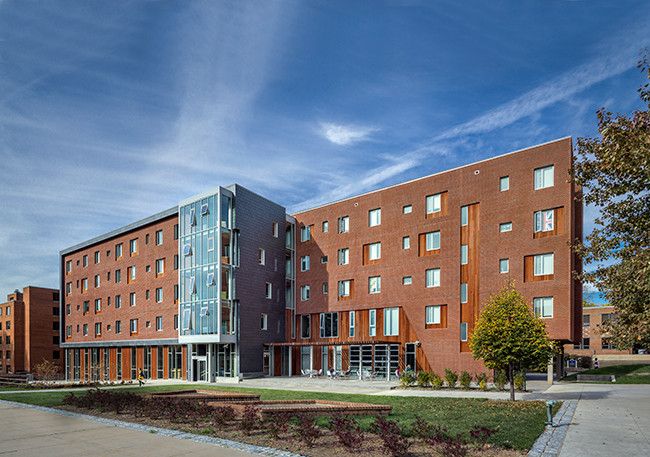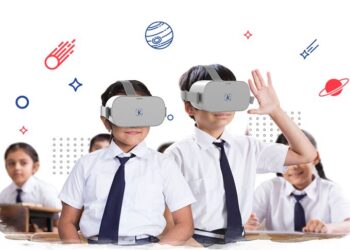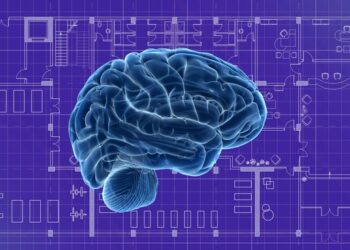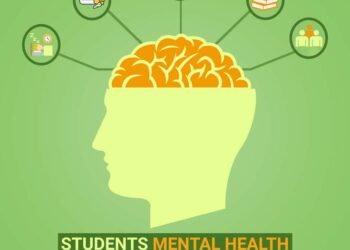The traditional image of a university is etched into our collective consciousness: ivy-draped brick towers, sprawling green quads, and cavernous lecture halls filled with students absorbing wisdom from a distinguished professor. For centuries, this model of higher education has stood as a bastion of knowledge, a rite of passage, and a primary engine of societal progress. But today, the ground beneath these venerable institutions is shifting with tectonic force. Beset by digital disruption, economic pressures, and a fundamental questioning of its core value proposition, the university is undergoing its most profound transformation in generations.
The ivory tower is being dismantled, not by force, but by the relentless pressures of a new reality. Today’s students are no longer a monolithic bloc of 18-year-olds; they are a diverse cohort of lifelong learners, working professionals, and global citizens demanding flexibility, tangible skills, and a clear return on their staggering investment. Technology is not just a supplementary tool but a core component of the educational experience, breaking down the physical walls of the campus and opening up new pedagogical frontiers.
This article delves into the multifaceted evolution of the modern university. We will explore the powerful forces compelling this change, from the rise of the digital campus and the economic realities of student debt to the urgent need for a curriculum that prepares graduates for the future of work, not the past. This is the story of how universities are being forced to adapt, innovate, or risk becoming relics of a bygone era.
The Digital Disruption: More Than Just Online Classes
The most visible and potent agent of change is technology. The emergency pivot to remote learning during the pandemic was merely an accelerant for a revolution that was already well underway. The integration of technology into higher education goes far beyond simply streaming lectures; it is fundamentally reshaping how knowledge is delivered, consumed, and assessed.
A. The Rise of the Digital Campus: The modern university is a hybrid entity, a blend of physical and digital spaces. Learning Management Systems (LMS) like Canvas and Blackboard are now the central nervous system of academia, housing syllabi, assignments, and discussions. University libraries have evolved into vast digital archives, offering instant access to millions of scholarly articles and e-books from anywhere in the world. Sophisticated simulations and virtual labs allow students in fields from medicine to engineering to gain hands-on experience without physical limitations. This digital infrastructure creates a more resilient and accessible learning environment for all.
B. Flexibility Through New Learning Models: The rigid, synchronous schedule of traditional university life is being replaced by more flexible models. Asynchronous learning, where students can access course materials and lectures on their own time, has been a game-changer for non-traditional students, such as working parents or full-time employees seeking to upskill. This flexibility democratizes access to education, allowing individuals to integrate learning into their complex lives rather than forcing them to put their lives on hold for learning.
C. The EdTech Revolution and Personalized Learning: The educational technology (EdTech) sector is booming, providing universities with powerful new tools. Artificial intelligence (AI) is being used to create adaptive learning platforms that tailor coursework to a student’s individual pace and comprehension level. AI-powered tutors can provide instant feedback on assignments, while data analytics platforms can help administrators identify at-risk students and intervene before they fall behind. This move towards data-driven, personalized education promises a more effective and supportive learning journey.
D. MOOCs and Unbundling Education: Massive Open Online Courses (MOOCs) from platforms like Coursera and edX initially seemed like a threat to traditional universities. However, a more collaborative relationship has emerged. Many prestigious universities now partner with these platforms to offer certificates, specializations, and even full online degrees, extending their brand reach globally. This “unbundling” of education allows learners to cherry-pick the specific skills and knowledge they need without committing to a full four-year degree, challenging the university’s traditional monopoly on credentialing.
The Economic Reckoning: A Crisis of Cost and Value
For decades, a college degree was seen as a golden ticket to a prosperous life. Today, that perception is being severely tested by an economic reality that can no longer be ignored. The financial model of higher education is under intense scrutiny from students, parents, and policymakers alike.
A. The Crushing Weight of Student Debt: The cost of tuition has outpaced inflation for decades, leading to a student debt crisis of staggering proportions. In the United States alone, outstanding student loan debt has swelled to over $1.7 trillion. This immense financial burden impacts graduates’ ability to buy homes, start businesses, and save for retirement, leading many to question if the investment was worth it. This debt crisis is forcing a critical conversation about affordability, accessibility, and the financial sustainability of universities themselves.
B. The Return on Investment (ROI) Debate: As costs soar, students and their families are increasingly viewing higher education through an investment lens, demanding a clear ROI. They want to know that their degree will translate directly into a good-paying job in their chosen field. This has fueled the rise of vocational schools and intensive coding bootcamps, which promise job-ready skills in a fraction of the time and at a fraction of the cost of a traditional degree. Universities are now under pressure to prove their value not just in terms of intellectual enrichment, but in concrete career outcomes.
C. Exploring New Financial and Business Models: In response to this pressure, forward-thinking institutions are experimenting with new models. Some are implementing tuition freezes or guarantees, while others are exploring Income Share Agreements (ISAs), where students pay a percentage of their income for a set period after graduation instead of taking out traditional loans. Universities are also diversifying their revenue streams, moving beyond tuition to include corporate training partnerships, real estate development, and building robust online programs that can be scaled globally with lower overhead.
The Curriculum Metamorphosis: Building the Workforce of Tomorrow

The very nature of work is changing rapidly due to automation, AI, and globalization. The traditional curriculum, often slow to change and siloed in rigid academic departments, is frequently criticized for failing to equip students with the skills they need to thrive in this new landscape.
A. The Pivot to Skills-Based Learning: Employers are increasingly signaling that they value demonstrable skills over academic pedigree. This has led to a growing emphasis on skills-based learning within universities. Curricula are being redesigned to focus on practical competencies, including data analysis, digital marketing, project management, and cybersecurity. The goal is to close the gap between what is taught in the classroom and what is required in the workplace.
B. The Rise of Micro-credentials and Stackable Degrees: The all-or-nothing proposition of a four-year degree is being supplemented by a more modular approach. Micro-credentials—such as digital badges and certificates—validate the attainment of specific skills and can be earned in a short amount of time. The concept of “stackable” credentials allows students to earn a series of these smaller qualifications over time, which can then be combined or “stacked” to count towards a full associate’s or bachelor’s degree. This offers a more flexible and accessible pathway to higher education.
C. An Enduring Emphasis on Soft Skills: In a world increasingly dominated by technology, uniquely human skills have become more valuable than ever. Universities are doubling down on teaching soft skills like critical thinking, complex problem-solving, creativity, emotional intelligence, and effective communication. These are the durable skills that cannot be easily automated and are essential for leadership and collaboration in any field.
D. Fostering Interdisciplinary Studies: The world’s most complex challenges—from climate change to public health crises—do not fit neatly into one academic department. Progressive universities are breaking down the silos between the arts, humanities, and sciences. They are creating interdisciplinary programs and research centers that encourage students and faculty from different fields to collaborate, fostering a more holistic and innovative approach to problem-solving.
A New Era for Students and Faculty
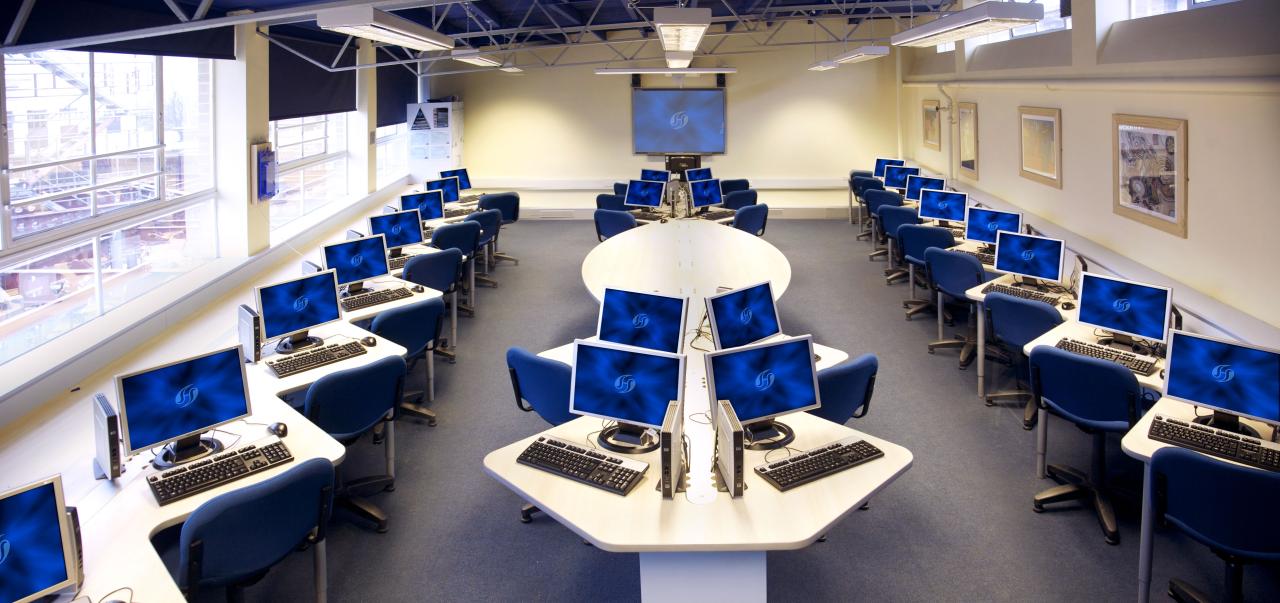
The people who comprise the university are also changing. The profile of the average student is evolving, and with it, the role of the professor must adapt.
A. The “New Majority” Student: The traditional, 18-to-22-year-old residential student is no longer the majority on many campuses. Today’s student body is more diverse in every respect: age, race, socioeconomic background, and life experience. Many students are commuters, parents, or full-time workers. Universities must cater to the needs of this new majority by offering flexible scheduling, robust support services like childcare, and a curriculum that acknowledges their prior professional and life experiences.
B. The Professor as a Facilitator: The role of the professor is shifting from the “sage on the stage” who dispenses knowledge to the “guide on the side” who facilitates learning. In a world where information is abundant, a professor’s greatest value lies in their ability to curate content, mentor students, foster critical discussion, and guide hands-on, project-based learning. This more interactive and personalized approach is far better suited to the needs of the 21st-century learner.
As we look to the future, the universities that will not only survive but thrive will be those that embrace agility and continuous evolution. They will function less like monolithic, slow-moving institutions and more like dynamic platforms for lifelong learning. They will leverage technology not as a replacement for human connection but as a tool to enhance it. They will build deep partnerships with industry to ensure their curricula remain relevant, and they will recommit to their civic mission, serving as engines of opportunity and innovation for their communities and the world. The face of the university is indeed changing, and in doing so, it is finding new and vital ways to fulfill its timeless purpose.

